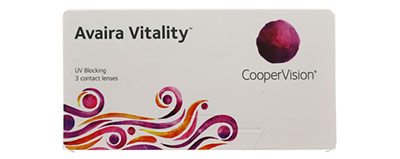| Qty Lenses | Price Range Branded lenses such as Acuvue | Price range Replacement such as Crystal | |
|---|---|---|---|
| Hydrogel | 6 | £16.00 - £24.00 | - |
| Silicone Hydrogel | 6 | £31.50 - £69.00 | £32.00 |
| Toric | 6 | £35.00 - £45.00 | - |
| Multifocal | 6 | £46.99 - £69.00 | - |
| Coloured | 2 | £16.00 - £25.00 | - |
* Some lenses are available in boxes of 3 - prices here show the cost of 6 month's supply to aid comparison
**Prices do not include cost of solution, all prices are based on contactlenses.co.uk prices. Prices may differ on other websites and high street optical practices.










